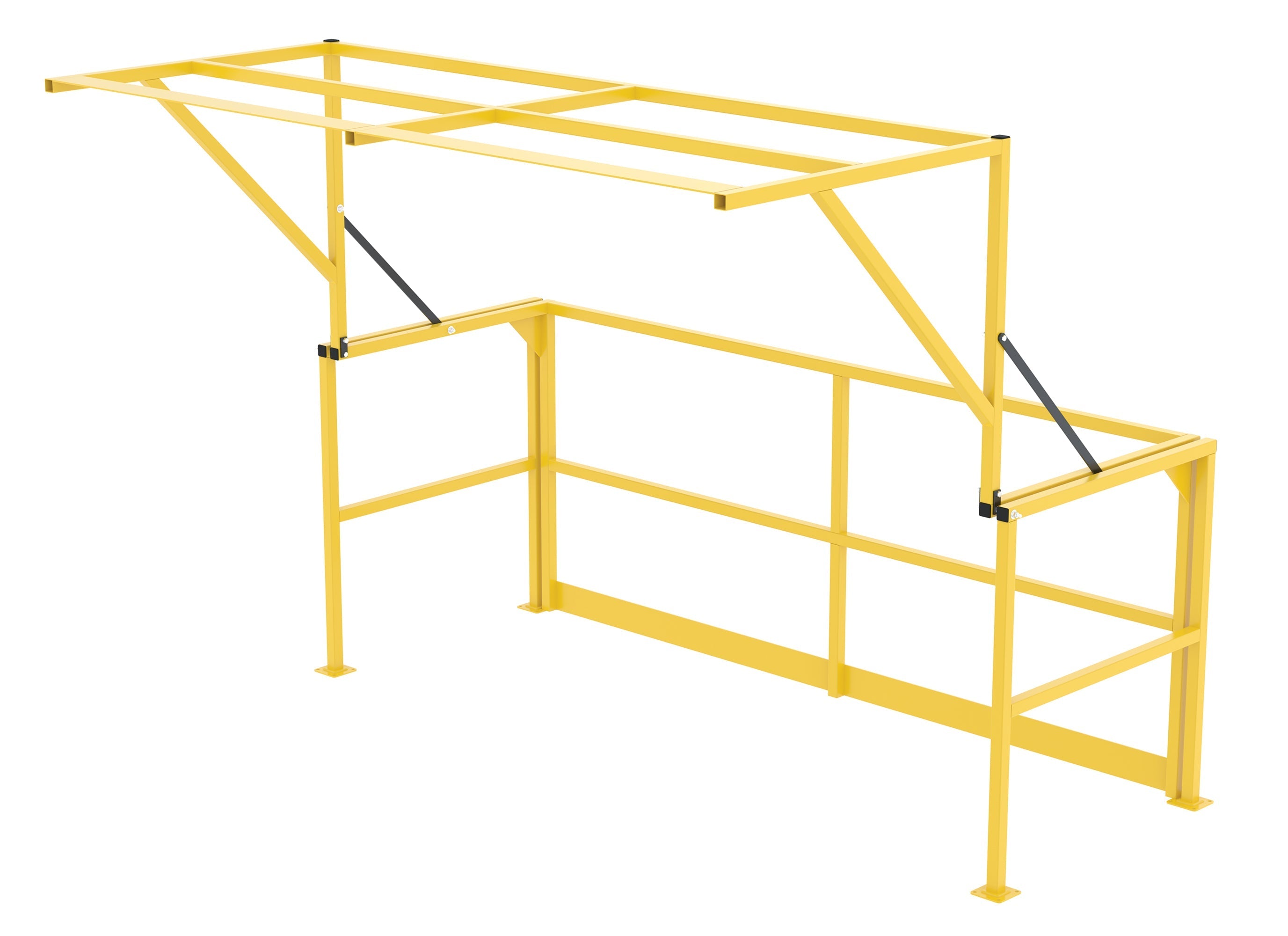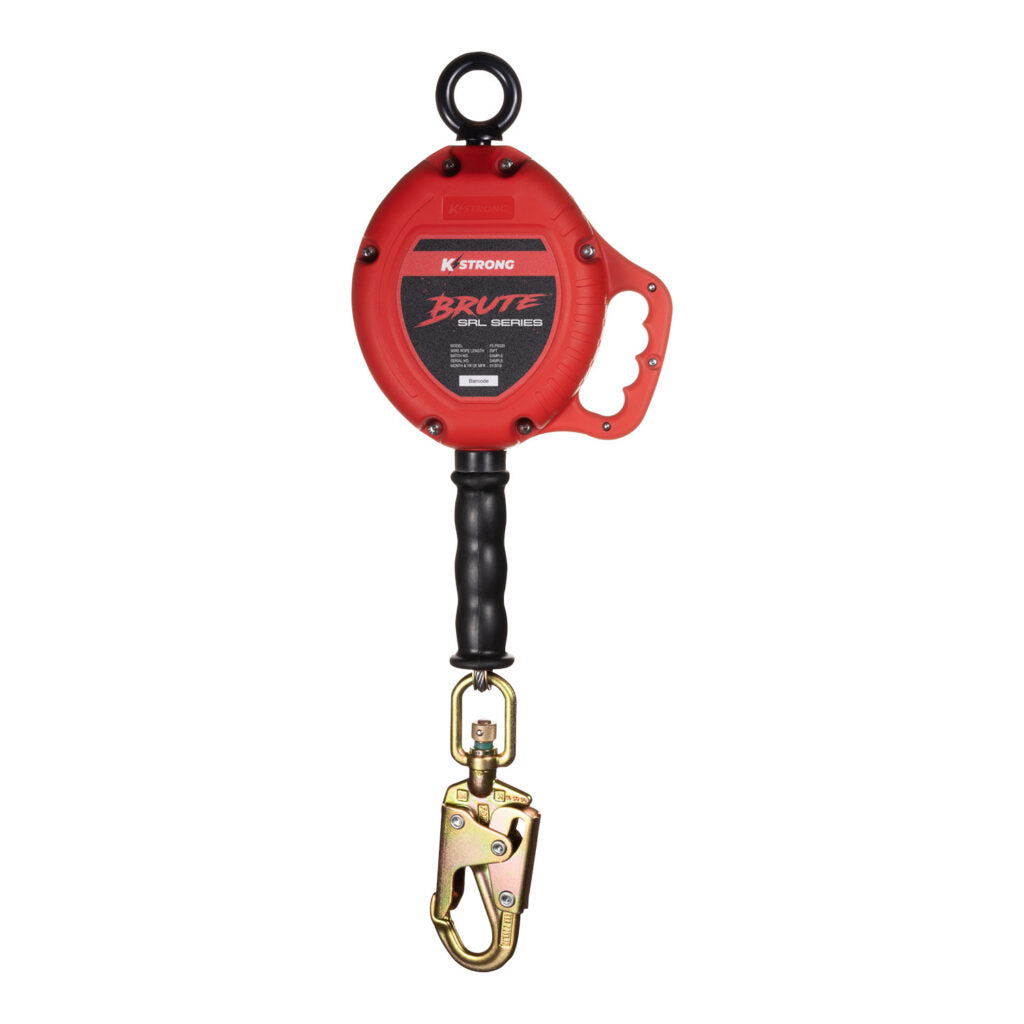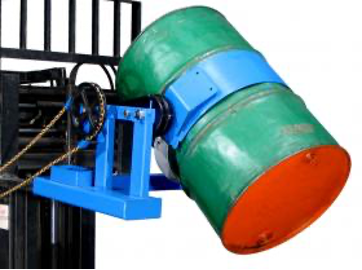Drums can often be a pain to lift, move, or reposition within the workplace. Not only are they a pain but they can also cause serious injury if not transported correctly. It is important to know how to handle these items to avoid any unnecessary injuries from occurring.
This article will outline what this equipment is, different variations you can use to handle them, the safety aspects to remember, and the potential injuries that can occur if these containers are transported incorrectly.
If at any point in this article you have any questions on this topic or about any other equipment that can be used with them, then please get in touch with an experienced member of the LES USA team who will help find you a solution.
WHAT IS A DRUM?
It's a cylindrical container typically made of metal, but you can get variations made from plastic or paperboard. Heavier versions are made from aluminum or stainless steel.
You can expect to find them being used for shipping cargo or packaging liquid or solid substances, sometimes these substances can be hazardous and may pose a risk to your safety and health.
 WHAT IS DRUM HANDLING EQUIPMENT?
WHAT IS DRUM HANDLING EQUIPMENT?
This type of equipment can make it easier and safer for you and the operator to finish tasks that involve lifting of circular containers.
You can use various types of handling devices to make your process of lifting, pulling, turning, and dispensing these items easier and safer.
Each piece of equipment offers you a different way to move or dispense and can be more suitable than a different variation depending on your situation.
The most common versions you will find include movers, lifters, vertical lift pourers (tippers), mixers, palletizers, and grabs. However, there are a number of other variations and bespoke versions available which you can find out about by contacting the LES USA team.
To give you an idea of the different variations, we've put together a number of different types and important factors you can consider when using them.
DRUM MOVERS:
Also known as trollies, these can help you transport them along a flat surface from point A to point B. Please remember to look after the condition of your items as movers that are in good condition are easier to operate.
To operate correctly, you have to ensure your back is straight while using two hands to push downwards. This will allow the trolley to be wheeled off to your desired location. Depending on your piece of equipment, you can do this with them either facing vertically or horizontally.

DRUM LIFTERS:
Once you've loaded the containers onto the pallet, ensure it's secure before lifting. If it's unstable, you should lower it back down to readjust accordingly. It's important that they are kept upright (in a vertical position) and only lowered when it is in the desired position.
VERTICAL LIFT POURERS (TIPPERS):
This piece of equipment is designed to pour the content out of your container(s). Before raising it, you should ensure it is secure to avoid any spillages. You can also avoid any spillages by lifting slowly to ensure it stays stable. You should be able to see where the liquid is being poured and once it's emptied should you lower it.

DRUM MIXER:
Before mixing your container, you should check for any damage to avoid any leaks or spillage during the mixing process. Mixers are used for blending the content within it. This could be to mix contents or to avoid content within it from separating.
These different versions can be used for processes that wouldn't otherwise be manually possible. Not only does this equipment make your job easier, but it also makes these processes a lot safer for you and your team.
For more information about how the different variations work and other available types, you can read our article ‘5 types of drum handling equipment and how to use them’ where we do a deep-dive into everything you need to know about them and how they work.
SAFETY PRACTICES
Safety should always be an important part of any industry's work culture. When loading and unloading these types of items, there are always health and safety measures to consider ensuring you and your workers are as safe as possible. This is especially the case your containers are carrying hazardous liquids.
 SAFETY CONSIDERATIONS
SAFETY CONSIDERATIONS
There are many safety challenges when working in an industry that uses this equipment. The main areas of concern are injuries and how to handle the storage containers appropriately. It's common for companies to allow their team members to manually lift and pull these items around the workplace without taking into consideration the potential injury risks it can have on an employee.
You will find that a number of companies are unaware that there are guidelines revolved around the manual handling of equipment. By not following specific handling guidelines not only does it put your employees at risk but also your business, which is why we always recommend to our valued customers that they consider these guidelines.
DO NOT TRANSPORT MANUALLY!
It's important that you avoid moving them manually where you can to avoid personal injury. Manually transporting these types of items can cause extreme strain on your body and can increase your chances of an injury. If you are not 100% in control when transporting, you could potentially cause:
1) Hazardous liquids to spill
2) Injury to you or another worker nearby
3) Sparks that could create a fire hazard
INJURIES THAT OCCUR WHEN HANDLING INCORRECTLY
The most common injuries from incorrect handling include; broken bones, fractures, bruises, and musculoskeletal disorders.
To help prevent these sorts of injuries from occurring in your workplace, you can wear safety footwear, hard hats, chemical-resistant clothing, goggles, and a mask to protect yourself from toxic vapors.
DO YOU NEED DRUM HANDLING EQUIPMENT?
We have gone through a few of the different variations of what are available to you, the safety measures, and possible injuries that can be caused if they are operated incorrectly.
What we haven't done is look at what your current situation is and how these types of handling equipment can be the solution for you.
If you've read this and are now thinking you can do with these sort of items, please contact a regularly trained member of the LES USA team where we can help find a suitable product for your situation.






















